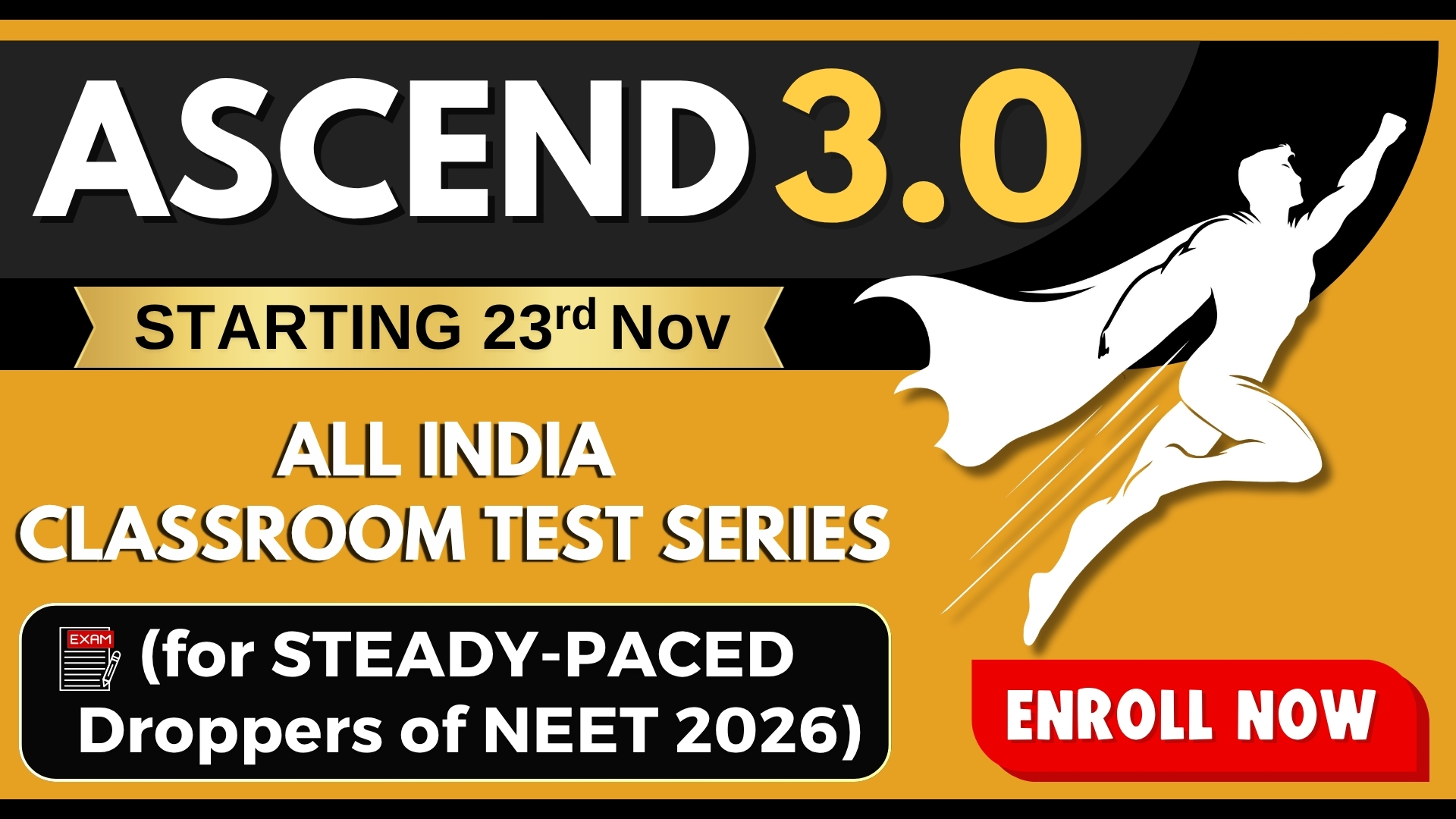Ca+2 bind ________ in the skeletal muscles and leads to exposure of the binding site for ________ on the filament _______:
(1) Troponin, myosin, actin
(2) Troponin, actin, relaxin
(3) Actin, myosin, troponin
(4) Tropomysin, myosin, actin
Following is the figure of actin (thin) filaments. Identify A, B and C:
1. A - Tropomyosin, B - Troponin, C - F-actin
2. A - Troponin, B - Myosin, C - Tropomyosin
3. A - Troponin, B - Tropomyosin, C - Myosin
4. A - Troponin, B - Tropomyosin, C - F-actin
The above figure is related with myosin monomer (meromyosin). Identify A to C:
(1) A - head, B - cross arm, C - GTP binding sites
(2) A - head, B - cross arm, C - Ca+2 binding sites
(3) A - head, B - cross arm, C - ATP binding sites
(4) A - cross arm, B - head, C - ATP binding sites
The action potential that triggers a muscle contraction travels deep within the muscle cell by means of:
(1) Sarcoplasmic reticulum
(2) Transverse tubules
(3) Synapse
(4) Motor end plates
ATP provides energy for muscle contraction by allowing for:
1. An action potential formation in the muscle cell
2. Cross-bridge attachment of myosin to actin
3. Cross-bridge detachment of myosin from actin
4. Release of Ca+2 from sarcoplasmic reticulum
A motor unit is best described as:
(1) All the nerve fibres and muscle fibres in a single muscle bundle
(2) One muscle fibre and its single nerve fibre
(3) A single motor neuron and all the muscle fibres that it innervates
(4) It is the neuron which carries the message from muscle to CNS
Electrical excitation in a muscle fibre most directly causes:
(1) Movement of tropomyosin
(2) Attachment of the cross bridges to actin
(3) Release of Ca+2 from sarcoplasmic reticulum
(4) Splitting of ATP
The energy for muscle contraction is most directly obtained from:
(1) Phosphocreatine
(2) ATP
(3) Anaerobic respiration
(4) Aerobic respiration
Put the following phrases in proper order to describe what occurs at the neuromuscular junction to trigger muscle contraction:
| I. | Receptor sites on sarcolemma. |
| II. | Nerve impulse. |
| III. | Release of Ca+2 from sarcoplasmic reticulum |
| IV. | The neurotransmitter acetylcholine is released |
| V. | Sarcomere shorten |
| VI. | Synaptic cleft |
| VII. | Spread of impulses over sarcolemma on T-tubules |
1. II, IV, I, VI, VII, III, V
2. II, IV, VI, I, VII, III, V
3. I, II, III, IV, V, VI, VII
4. VII, VI, V, IV, III, II, I
Go through the following diagram describing muscle contraction:
Now identify A to E:
(1) A - Cross bridge, B - Cross bridge formation, C - Breaking of cross bridge, D - Sliding (rotation), E - ATP
(2) A - Cross bridge, B - Cross bridge formation, C - Sliding / rotation, D - Breaking of cross bridge, E - ATP
(3) A - Cross bridge, B - Breaking of Cross bridge, C - sliding / rotation, D - Cross bridge formation, E - AMP
(4) A - Cross bridge, B - Cross bridge formation, C - Sliding / rotation, D - ADP, E - Breaking of cross bridge









